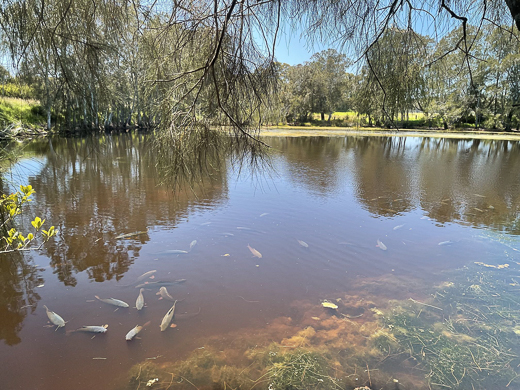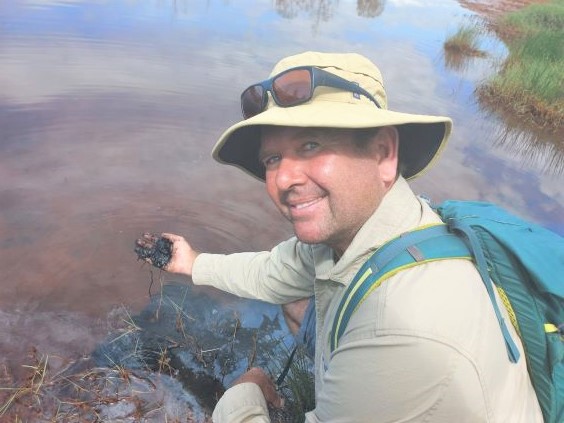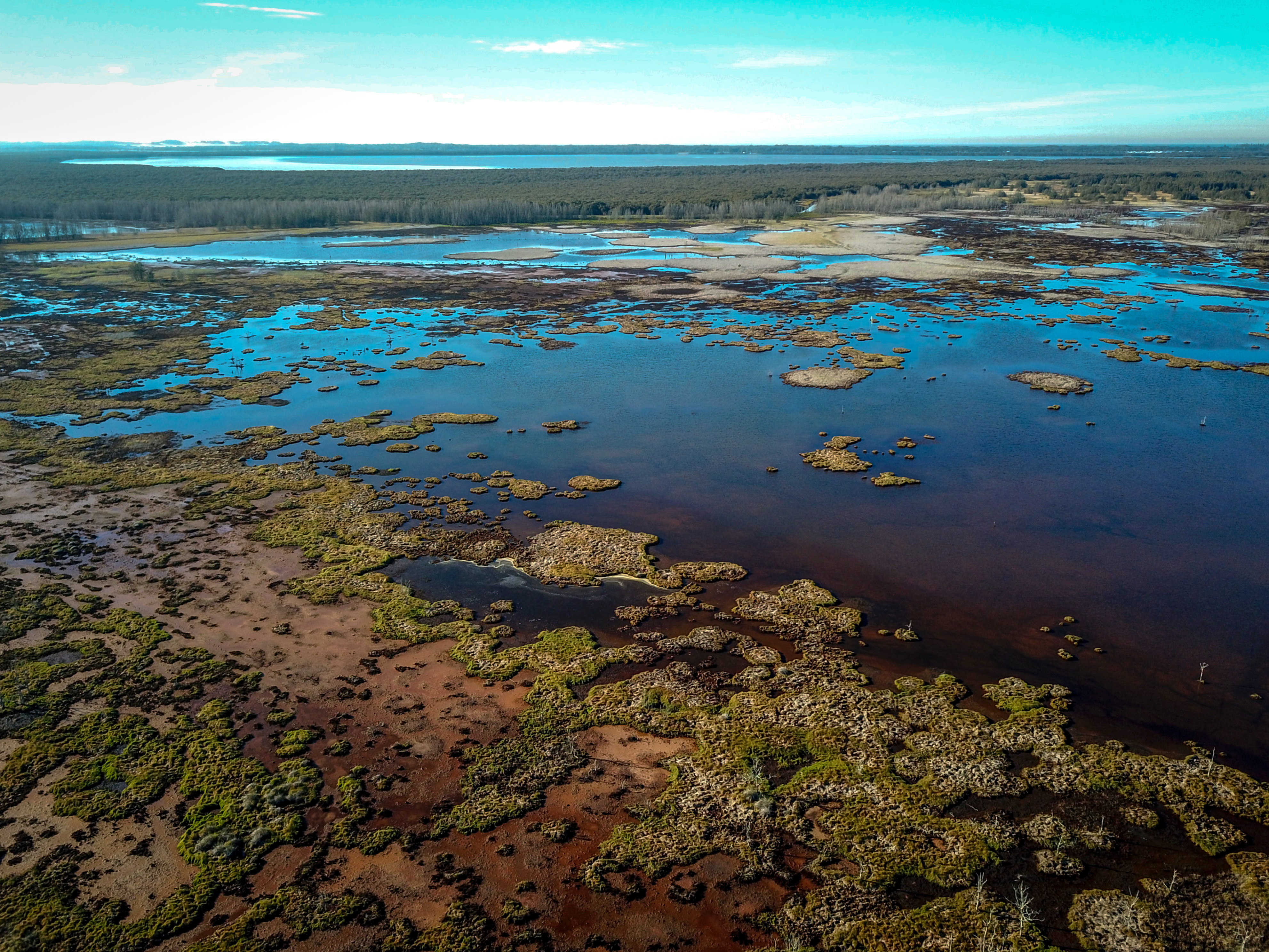Project updates
Watching water levels in the Crookhaven River
14 February 2022

Turning the tide on acid runoff
20 April 2023

Restoring natural water levels to Tomago Wetlands
12 June 2020

14 February 2022

20 April 2023

12 June 2020
